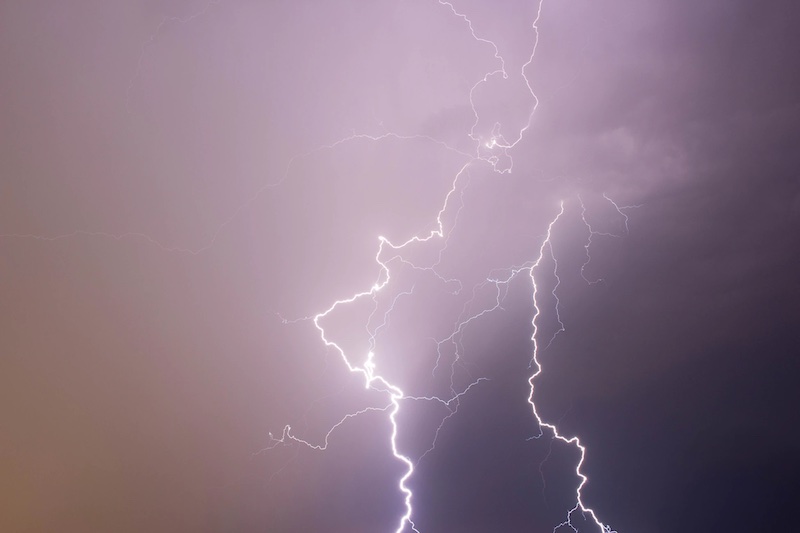A cyclone is a violent storm with very high winds rotating around a calm centre of low pressure. Cyclones can cause destructive winds of more than 280kmh, as well as floods, storm surges and widespread damage.
In Australia, cyclones of varying intensity generally occur between November and April each year. The Bureau of Meteorology provides a seasonal outlook, which includes cyclones.
The parts of Australia most at risk of cyclones are northern Queensland, northern Western Australia and the Northern Territory and the typical Australian tropical cyclone season averages nine to 13 tropical cyclones.
The strong wind, heavy rain and flying debris caused by a cyclone can extensively damage property. However, damage can be minimised with a proactive approach and planning ahead.
In the mid 1980’s a cyclone building code was introduced for properties built in cyclone-prone regions. This is intended to protect the residents from harm.
The code does not mean the building is cyclone proof. It means residential properties must be built to a standard that makes it survivable for occupants.
Residential properties are still vulnerable to extensive damage, which can be very expensive to repair. Many strata-title properties also have features that can be badly affected during cyclones, such as underground car parks, lifts, pools and landscaped gardens, annexes and sheds.
Before a cyclone
If you live in a cyclone-prone area you should assess your risk. Ask your local council if your property is within a cyclone evacuation zone and if your area is prone to flash or riverine flooding or storm surge.
Planning ahead is the best way to protect your family, home, business and assets from cyclones. Insurance helps to do this, so review your insurance policies and ensure your level of cover is appropriate.
If you are not insured, your recovery will depend on your own financial resources and assistance that may be available from government or non-government agencies.
You can take practical steps to reduce the damage caused by a cyclone. This includes:
- Prepare a disaster plan, including identifying the strongest part of your property in which to shelter during a cyclone
- Prepare a household inventory of the contents of your home
- Prepare a disaster supply kit, with cash, food, water, toiletries, medication, a household contents inventory, copies of important documents, protective clothing, a radio and a torch – and batteries for both
- Maintain your property to ensure there is no corrosion, rotten timber or loose fixtures that could weaken the structures
- Remove dead or rotting trees and trim branches that overhang the property and keep gutters clear
- Install appropriate windows or shutters to glass windows and doors and ensure all locks are strong enough to withstand strong wind
- Check the condition of your roof and repair any damage or loose tiles
- Know where and how to turn off mains power, water, gas and solar power
- Familiarise yourself with your insurance policy. Find out what is included in the policy and understand its exclusions. Contact your insurer if you have questions.
During a cyclone
During a cyclone, safety is always the first priority.
You should enact the plans you made before the cyclone and follow the instructions of local authorities and emergency services.
If you are advised to evacuate, take your disaster supply kit, lock your house and follow evacuation instructions. You should tell someone when you leave and where you are going and make sure to check in with local authorities, emergency services and ABC local radio for updates.
Practical steps you can take include:
- Securing all loose items outside your property including garden furniture, umbrellas, sheds, trampolines, pool furniture and children’s cubby houses
- Securing boats or vehicles and moving your car under cover
- Clearing your property of loose material that could blow about and possibly cause injury or damage during extreme winds
- Using waterproof bags to protect clothing and important documents from storm damage
- Unplugging electrical equipment
- While conditions are severe, stay indoors and keep clear of windows
- Avoid turning the power on at your home if there is flooding. Have a professional conduct a thorough inspection first
- Stay away from storm-damaged areas and property until emergency services declare it is safe to return and stay away from downed power lines, and fallen trees
- Avoid entering floodwater on foot or in a vehicle. Floodwater can contain raw sewage and contaminants, conduct electricity and can mask hidden hazards. It can be deeper than you think, and may be flowing rapidly
After a cyclone
The time immediately after a cyclone is often just as dangerous as the event. Don't go outside until authorities advise that the cyclone has passed and your region is safe. Don't be deceived by the apparent calm when the eye of the cyclone passes.
Be careful to take certain precautions after the cyclone has passed and when you return home:
- Check your home for damage. If you need help from state emergency services volunteers due to a storm or flood emergency call your local SES unit. If in a life-threatening emergency contact 000
- Contact your insurer as soon as you are able to lodge a claim
- Speak to your insurer before you attempt or authorise any building work, including emergency repairs, and ask for the insurer’s permission in writing. Unauthorised work may not be covered by your policy
- If your home is unsafe, notify your local authorities and check with your insurance company whether you can claim temporary housing expenses
- As evidence to support your claim, take pictures of damage to property and possessions, and keep samples of materials from damaged goods. This will be used by your insurer to process your claim as quickly as possible
- You can remove and discard any water or mud-damaged goods that pose a health risk, such as saturated carpets and soft furnishings, but take photos and keep samples of materials and fabrics to show the assessor
- Keep any items that could be repaired and if in doubt speak to your insurer
- Make a list of each item and include a detailed description, such as brand, model and serial number
- Do not be concerned if you can’t find your insurance papers. Insurers have electronic records and need only your name and address.











